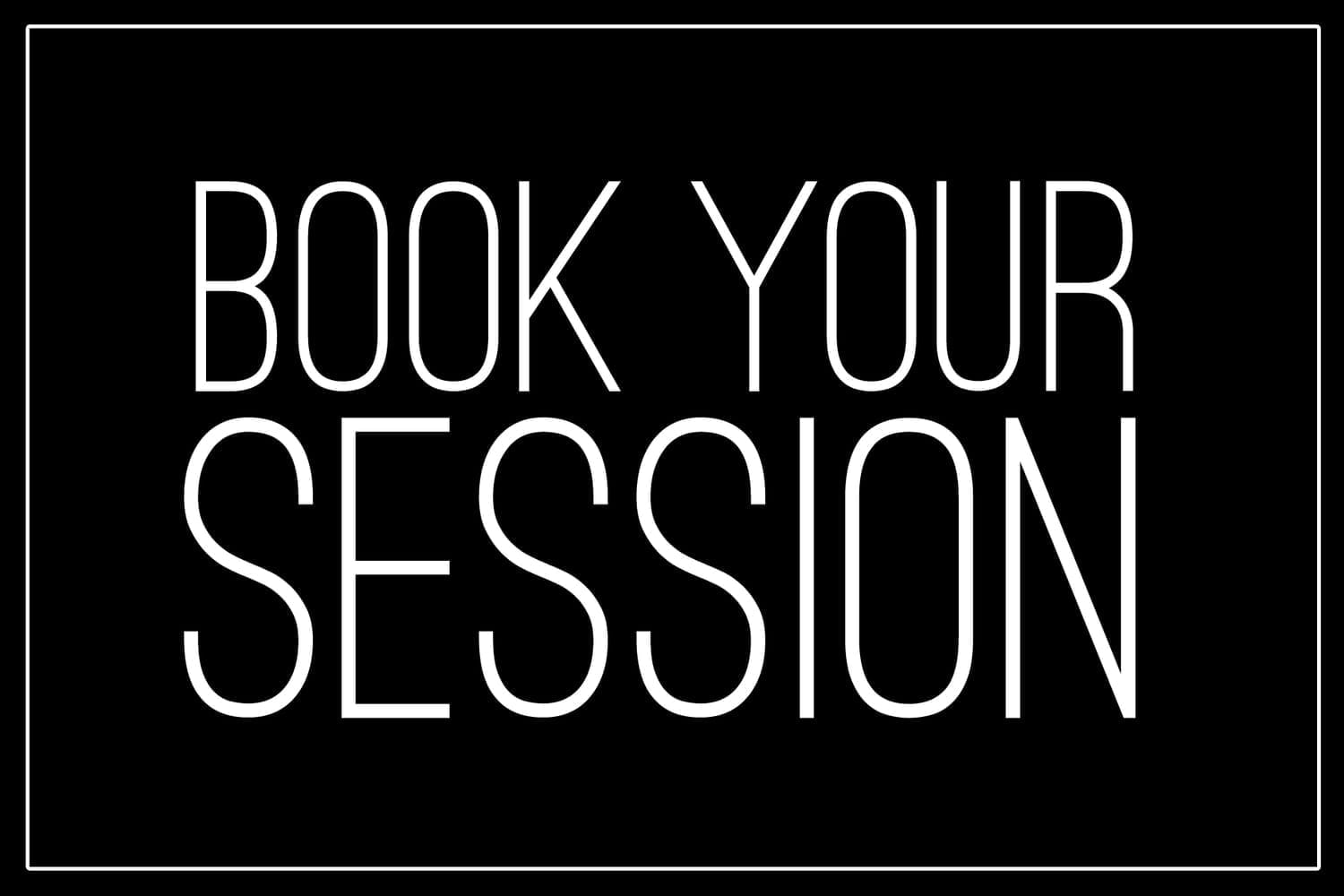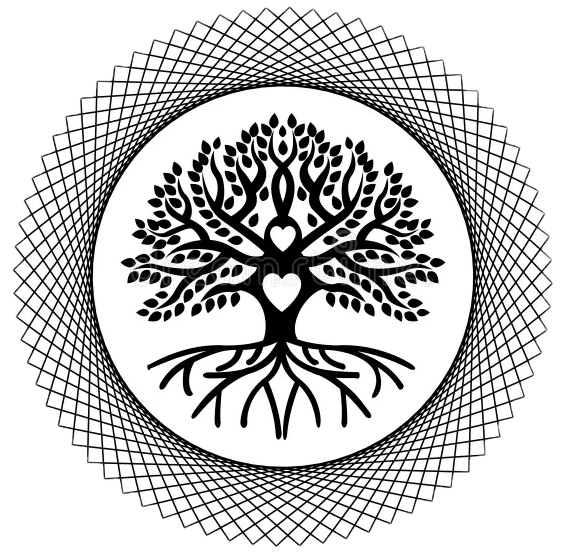Healing Inner Wounds
Healing Inner Wounds: How to Rewire Self-Concept and Find Purpose Through Spiritual Practices
We all carry wounds—some visible, others tucked deep inside, hidden beneath layers of identity, achievement, and routine. Among the most profound are the early wounds imprinted in childhood, especially those shaped by our relationships with our parents. In spiritual and psychological circles, these are often referred to as the “mother wound” and the “father wound.”
These aren’t about blaming our parents. Most did the best they could. Rather, these wounds are about recognizing the parts of us that still ache—the child within who felt unseen, unworthy, not enough, or not safe. And healing these wounds isn’t just a therapeutic process. It’s a sacred journey—a return to the self we were always meant to be.
The Mother and Father Wounds:
The mother wound often manifests as a deep sense of inadequacy or abandonment. It’s the inner voice that whispers, “You’re too much,” or “You’ll never be loved as you are.” It can lead to people-pleasing, perfectionism, emotional dependency, or difficulty receiving love.
The father wound may show up as fear of failure, difficulty setting boundaries, or a disconnection from purpose. It might take the shape of overachievement, anger, or emotional withdrawal—patterns rooted in the longing for validation and protection that never fully arrived.
These early imprints shape our self-concept—the inner image of who we believe we are. And unless we pause and consciously tend to these wounds, they quietly script our adult relationships, careers, and inner narratives.
But here’s the good news: what was formed can be re-formed. The self is not a fixed identity—it’s an unfolding mystery. And healing is not about erasing the past, but about releasing its grip on the present.
Rewiring the Self:
Modern healing paths now combine ancient wisdom with contemporary methods to address these core wounds. At the heart of many of these approaches is rewiring the self-concept—replacing inherited beliefs with self-chosen truths.
Meditation retreats, for instance, offer a sacred container for this inner work. In extended silence, without distractions, the buried voices begin to rise. Emotions long suppressed begin to surface. And in that stillness, something miraculous happens: we begin to witness ourselves with compassion rather than criticism.
This witnessing creates space. Space is healing. In that space, new beliefs can take root:
- I am enough, even when I do nothing.
- I am lovable, even when I feel broken.
- I am safe, even when I feel vulnerable.
Energy healing modalities—such as Reiki, somatic release, inner child healing, or breathwork—further support this transformation. These practices bypass the logical mind and speak directly to the emotional and energetic body, releasing stored trauma and rebalancing the nervous system.
One breath at a time, one tear at a time, the old pain finds voice and release.
From Wound to Purpose:
An unexpected gift often emerges from healing these early wounds: a deeper sense of purpose.
Because when we stop running from our pain, we start listening to its message. Often, the very area we were wounded in becomes the place from which we serve others. The child who felt unseen becomes the adult who helps others feel visible. The one who lacked safety creates spaces of sanctuary for others.
This is not just poetic—it’s a pattern seen across many healing journeys. Purpose is not found out there; it is revealed when we soften into the truth of who we are. The wound becomes the womb of awakening.
Working with Emotional Triggers:
Part of the healing process is learning to meet our emotional triggers with awareness instead of reaction. Triggers are not enemies—they are messengers. When we feel overly hurt, defensive, or shut down, it’s usually not just about the present moment. It’s the past echoing through us.
Healing teaches us to pause in these moments and ask:
- What part of me is feeling this?
- What does this part need right now?
- Can I offer it love instead of shame?
This practice doesn’t come overnight. It’s cultivated slowly, through meditation, therapy, journaling, and spiritual inquiry. But as we grow in this ability, something powerful happens: we no longer outsource our peace to the behavior of others. We become rooted in our own being.
Inner Peace Is Not a Fantasy:
Healing inner wounds isn’t about reaching a perfect, pain-free state. It’s about learning how to live with presence and softness. It’s about letting go of self-judgment, opening to the mystery of being, and choosing love over fear—again and again.
True inner peace is not passive. It’s the quiet confidence that comes from having met our darkest rooms and discovered a light that cannot be extinguished.
You Are Already On the Path:
If you are reading this, chances are, you’re already on the journey. You’ve heard the whispers. You’ve felt the ache. You’ve sensed that your pain isn’t just a problem—it’s an invitation.
Take heart.
There is no rush.
No perfect healing path.
Only the next honest step.
The next breath.
The next act of kindness toward yourself.
And over time, the wound that once caused so much pain may become the very place through which light shines into the world.
As Rumi so beautifully said, “The wound is the place where the Light enters you.”
Let it.

